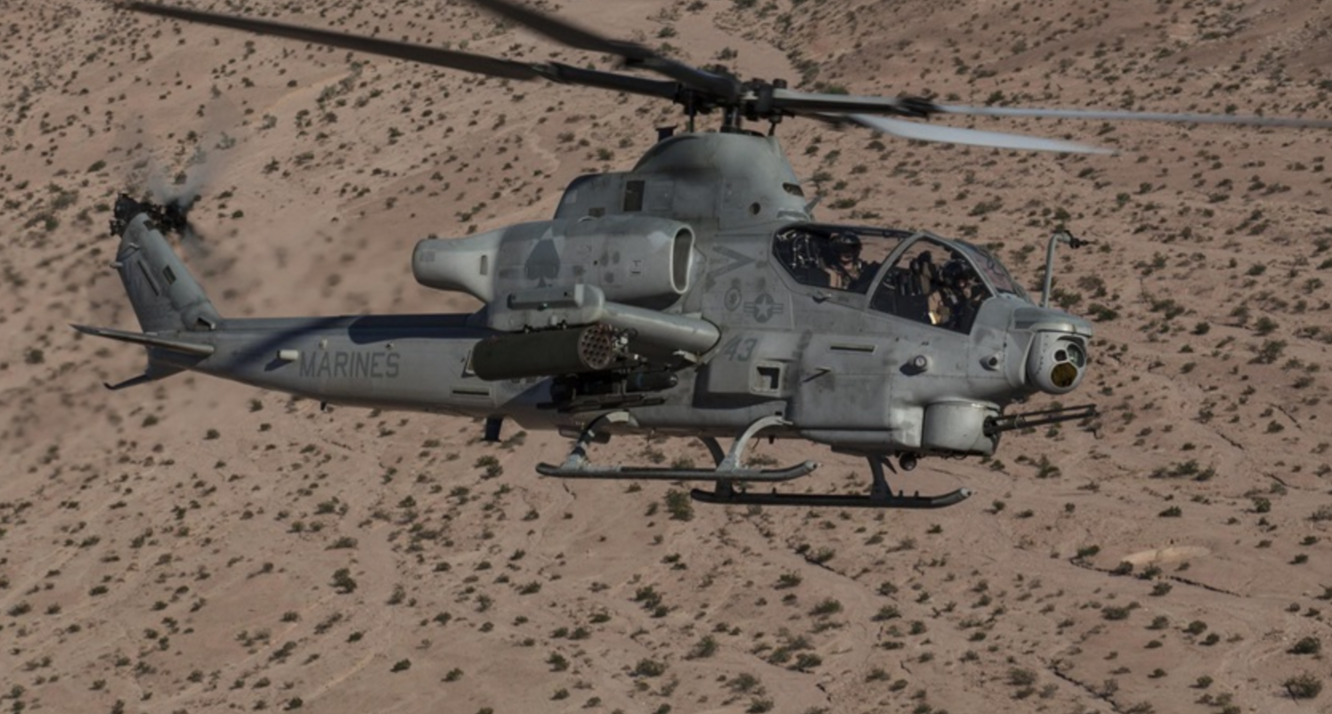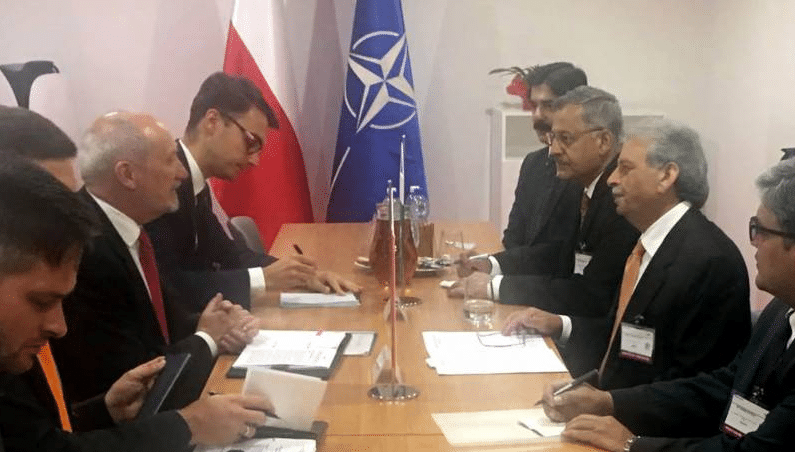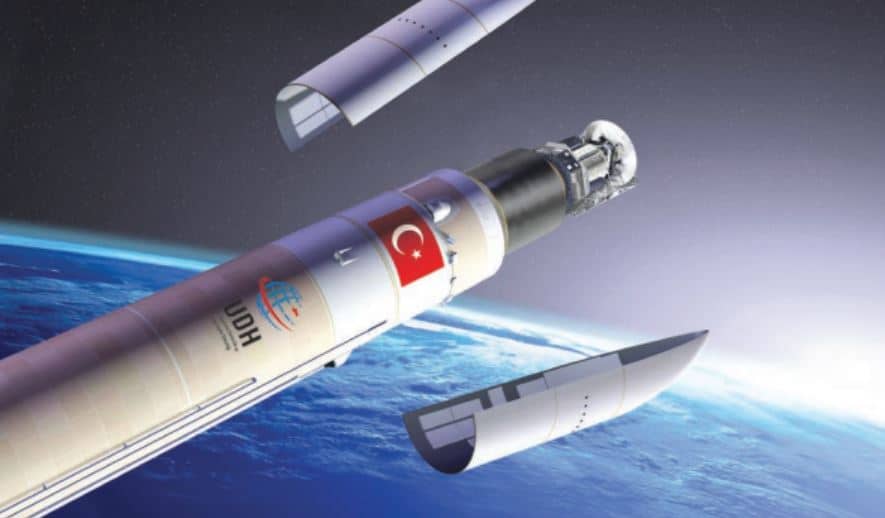15Views 122Comments

U.S. Department of Defense orders nine additional AH-1Z for Pakistan
06 April 2016
By Bilal Khan
The U.S. Department of Defense (DoD) awarded a $170 million U.S. contract to Bell Helicopters to produce nine AH-1Z Viper dedicated attack helicopters for the Pakistan Army.
The AH-1Z Viper is the latest iteration of the AH-1W Super Cobra, which in turn is a heavier twin-engine variant of the venerable AH-1 Cobra. The AH-1Z was designed to meet the emerging needs of the U.S. Marine Corps (USMC).
The AH-1Z also shares a high level of parts commonality (exceeding 80%) with the UH-1Y Venom utility helicopter, which itself is a distant descendant of the UH-1 Huey.
This sale is a component of a near-$1 billion U.S. Foreign Military Sale (FMS) agreement from April 2015 to sell up to 15 AH-1Zs alongside 1000 AGM-114R Hellfire-II anti-tank guided missiles (ATGM) to Pakistan. In August 2015, DoD contracted Bell to produce the first two AH-1Z.
It is unclear if this is in addition to the two already ordered (totaling 11 aircraft), or if it is a revision of the purchase with a provision for seven additional Vipers. Either way, it is apparent that Pakistan is pursuing the sale in stages, which are likely contingent on its funding capacity.
Even though it is evaluating the CAIC Z-10 Fierce Thunderbolt and has expressed interest in the Mil Mi-28NE Night Hunter, it is evident that Pakistan is committed to its AH-1Z order.
The nine (potentially initial) AH-1Zs on order are slotted for delivery to Pakistan by August 2018, which is still far considering the Army’s current attack helicopter needs, which are being driven by its operations in the Federally Administered Tribal Areas (FATA).
Moreover, Pakistan’s limited financial means and its tenuous relationship with the U.S. will likely limit its ability to build a notably large AH-1Z fleet, hence its interest in the Mi-28NE and Z-10.
That said, using the AH-1Z will offer the Pakistan Army an excellent insight into the capabilities of a high-quality system, which can serve as valuable experience for use on tailoring a more ‘sanction-proof’ and financially accessible aircraft, such as the Z-10. Furthermore, the costs it has incurred to induct these AH-1Z will almost certainly push the Army to request additional AH-1Z over the long-term.
It will also be worth seeing if the Pakistan expresses interest in the UH-1Y, which could potentially be bought to replace the Army’s oldest UH-1 Huey utility helicopters. The UH-1Y’s high level of commonality with the AH-1Z should make such an acquisition a relatively smooth process, at least from a financial and maintenance standpoint.


